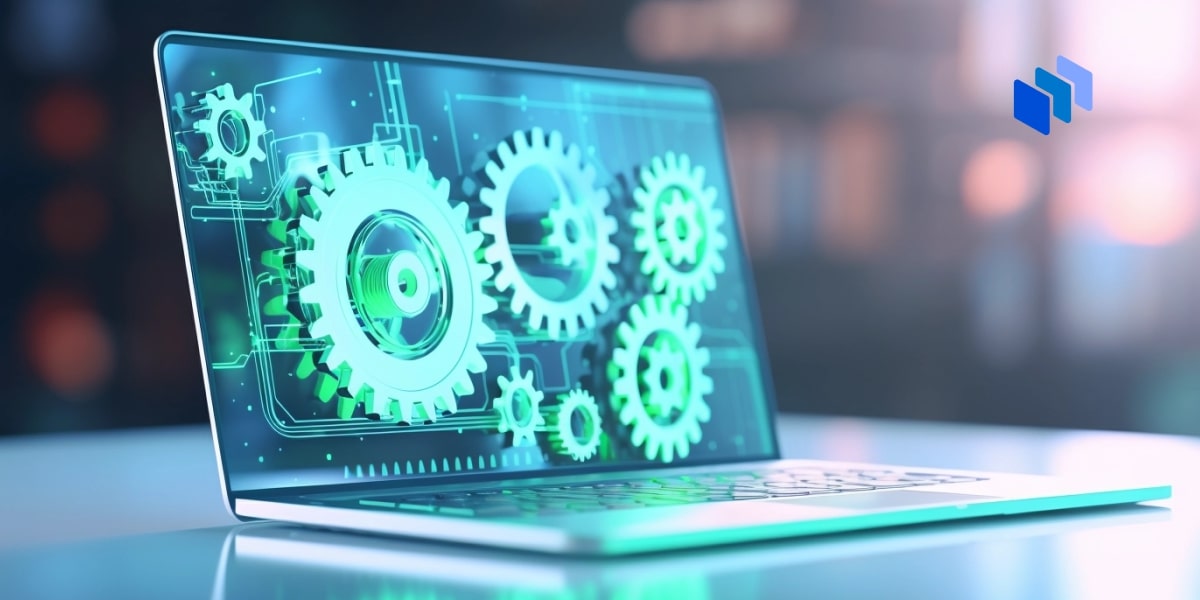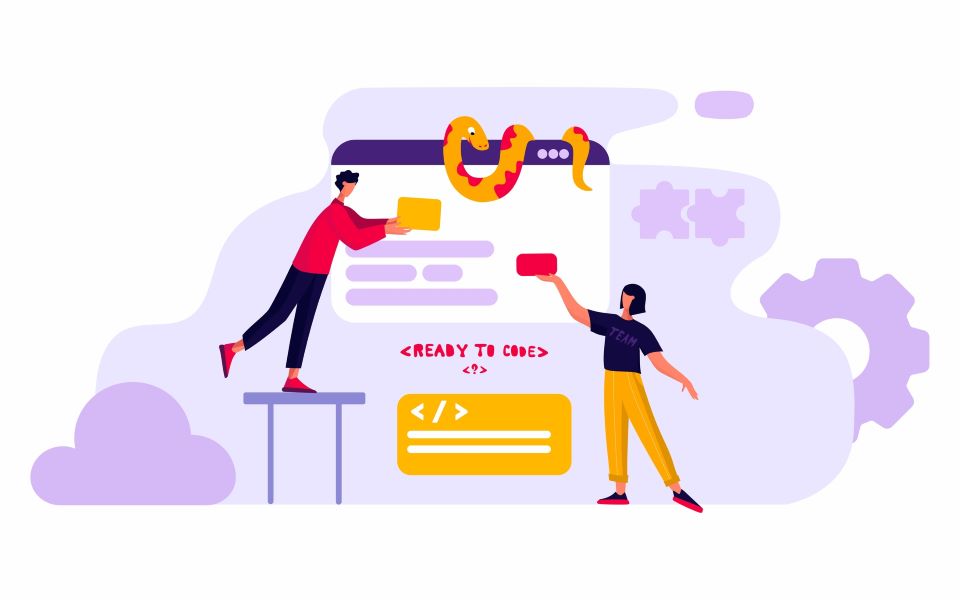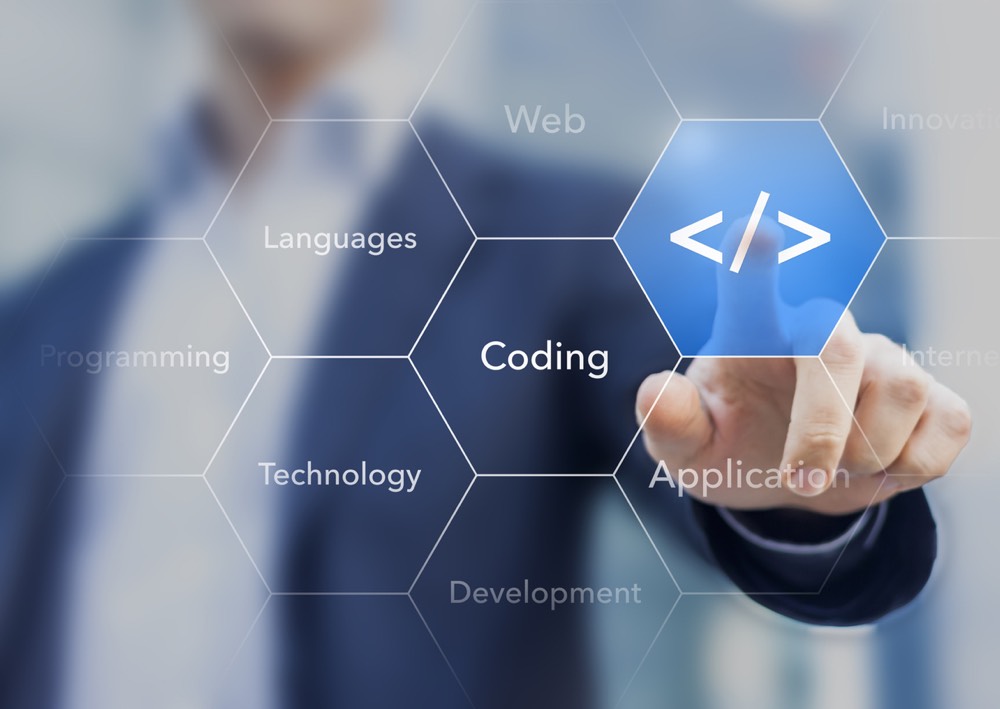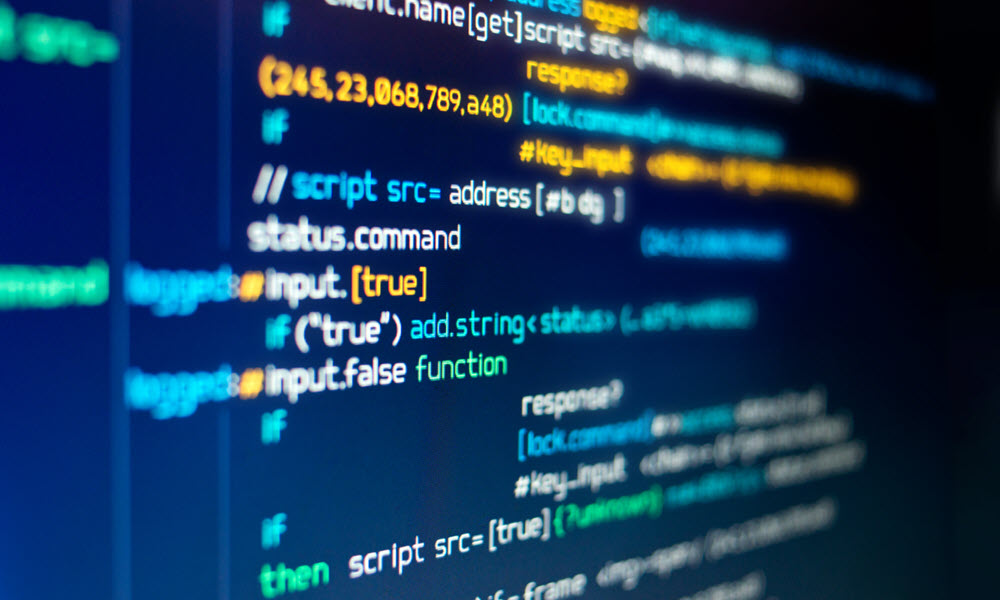The data universe has undergone unprecedented change over the past decade and is poised to see another revolution over the next 10 years as mobile communications, the Internet of Things (IoT) and system intelligence kick into high gear.
All of this means that programmers are under the gun to ensure their skills remain relevant in a world where the PC, or even the cell phone, is no longer the heart of the digital universe.
While it is always wise to keep up with the latest programming languages and techniques, coders should also keep abreast of the many new tools that help make their creations relevant to new generations of users.
Read: Functional Programming Languages: Past, Present and Future
After all, even the most useful product in the world is of little value if it does not engage the market on its terms.
Here then are five leading elements that programmers should consider incorporating into their products regardless of what programming language they use:
1. GraphQL
According to app developer Indrek Lasn, the REST API is quickly reaching the end of its dominance over the application universe. As he notes on medium.com, its main flaw is that it requires data to be loaded from multiple URLs individually.
GraphQL pulls all relevant data – and only relevant data, no overfetching – from multiple sites with a single request. This reduces latency and makes the app or service much more responsive to the user, particularly as data requests skyrocket in the coming years due to the expected rise in autonomous services.
GraphQL also requires less coding than REST, enabling complex queries with a few simple lines, and has already been supplied with a number of Backend as a Service (BaaS) offerings that make it easier to implement on a wide range of programming languages.
2. Natural Language Processing (NLP)
From chatbots to personal digital assistants to help desks, NLP is making it easier for non-technical users to navigate their way through complex processes. Going forward, we can expect software and services that incorporate NLP to break away from traditional non-verbal offerings in a number of key areas both in the consumer and professional spheres.
A voice-driven user interface, for instance, does away with the clicking, tapping and sliding that currently drive most applications and services, making it far easier to navigate menus and access data that would otherwise be unavailable to all but the most sophisticated of users.
Toolkits like Python’s NLTK allow programmers to quickly incorporate NLP into digital products, but it is incumbent upon programmers to advance their skills now before the full rush to the verbal UI begins. By mid-decade or soon, expect to see NLP become ubiquitous on everything from business and consumer software, autonomous vehicles, retail and dining kiosks and on devices throughout the home and office.
Read: Straight From the Programming Experts: What Functional Programming Language is Best to Learn Now?
3. 5G
Although most applicable to mobile app development, 5G connectivity will impact traditional software, web development, embedded systems and virtually everything else as well. After all, in the IoT, everything is connected, so software that does not leverage high-speed wireless assets to their fullest potential stand a good chance of falling into obsolescence.
In a recent interview with Digital Trends, Dan Dery, product vice president at Motorola, noted that “5G will deliver lower latency, higher bandwidth, faster data sharing, and speeds up to 10 times faster than existing wireless technology.” This will not only improve performance for existing services, but create an entirely new digital ecosystem with a unique collection of new services that cannot be supported by today’s technology.
In this light, programmers will not only have to incorporate the proper APIs to take advantage of 5G, but devise creative new ways to alter their programming styles in order to deliver the compelling use cases that will make their products stand out from the crowd.
Read: The Top 10 Coding Languages for IoT Projects
4. Authentication
As unsettling as it may sound, passwords are becoming increasingly ineffective at protecting sensitive data. Not only are they vulnerable to sophisticated hacking tools – some of which are now augmented by artificial intelligence and even quantum computing – but they are burdensome to the user and lead to unnecessary complexity in the data environment and even the application itself.
But as software engineer Omar Rabbolini noted on Level Up recently, the market is already seeing a plethora of new types of authentication, such as biometrics, facial recognition and voice analysis. Users are already accustomed to accessing their smartphones with a thumb print or just a quick facial scan, so it won’t be long before they become annoyed at having to punch in digits just to get into key financial or productivity apps.
To effectively utilize these new automation tools, however, software will need new capabilities for validation, as well as implementation and integration across third-party products.
Read: Quantum Computing Will Change Everything
5. Low/No Code
All code should be as efficient as possible, but the fact remains that many programs are written entirely from scratch, which means programmers often create functions that already exist elsewhere. The low/no-code movement seeks to correct this overlap by providing preconfigured code that can be embedded into larger programs.
This allows even non-programmers (or even non-human programmers) to create complex products quickly and easily under a building-block paradigm, reducing costs and bringing development up to the speed of the modern digital ecosystem.
According to ZDnet, existing no/low-code functions are already being deployed in back-office systems, web portals, mobile applications and other areas, with ready-made tools handling everything from filter and search to import, export and workflow logic.
Read: C Programming Language: Its Important History and Why It Refuses to Go Away
Steps Forward
Going forward, it appears life for today’s programmer will become less complicated even as it becomes more challenging. The pace of development is likely to speed up, but the available tools to do the job will become more numerous and easier to use.
Ultimately, this should lead to a vibrant and more rewarding industry is the world heads into a new digital age.
Read: The 5 Most Important Blockchain Programming Languages You Must Learn Before 2020






